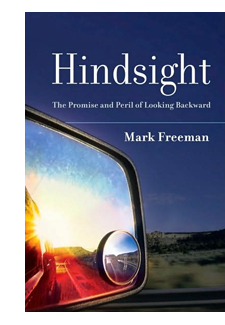 The plot twists that shaped the narrative of Mark Freeman’s life were not instantly recognizable as important moments. Consider the car ride home from college with his father that still resonates 35 years later. Their four-hour conversation only took on such significance two months after it happened, when Freeman's father died of a heart attack.
The plot twists that shaped the narrative of Mark Freeman’s life were not instantly recognizable as important moments. Consider the car ride home from college with his father that still resonates 35 years later. Their four-hour conversation only took on such significance two months after it happened, when Freeman's father died of a heart attack.
Today Freeman, PhD’86, considers that road trip a central episode in his life story. He finds comfort in the recollection of time they had together but also a melancholy shadow of what their relationship might have become. “What my dad’s death seemed to do was activate the poetic function of memory, such that I would return to that ride home and try to disclose what was there, waiting," Freeman writes in Hindsight: The Promise and Peril of Looking Backward (Oxford University Press, 2010).
When his daughter suffered a serious illness, the memory of that ride and his father’s death shortly thereafter sharpened Freeman’s awareness of moments with her and heightened his sense that life could be cut suddenly short. “What we are doing is remembering and narrating,” Freeman writes, “which means situating the experiences of the past in relation to what has happened since.”
A psychology professor at the College of the Holy Cross, Freeman explores how hindsight, often dismissed as a biased view of the past, also offers a path to insight, a way to create order from the messy course of events. Those events can be matters of life and death, or as trivial as a baseball game, as Steve Bartman discovered when he became a character in one such narrative in 2003.
Bartman’s fateful lunge for a foul ball was a minor incident among many that contributed to the Chicago Cubs losing in the playoffs that year. Yet it became a central storyline, symbolic of a cursed franchise’s suffering fate. Had the Cubs won, Bartman might have been forgotten, like Freeman’s car ride might have been had his father lived longer.
Many Cubs fans made Bartman an immediate villain, targeting him with beer cups and other projectiles, but the historical significance of his action depended on the outcome of the series. Although Freeman describes Bartman as a victim of the human craving for narrative, he argues that there are truths revealed in those retrospective stories that cannot be identified in the chaos of the moment. In Bartman's unfortunate case the "truth" about his role transcends the "fact" that many on-field mistakes contributed to the outcome.
Freeman insists that the public singling out Bartman, despite the many other factors involved, is not a distortion. "[T]he question of What Really Happened is not a matter of facts alone. Indeed, I would go so far as to say that we do not, and cannot, know What Really Happened until there is an ending. This is the way of narrative, and it is every bit as real as the events that happen along, clock ticking all the while."
Bartman's greatest mistake might have been losing himself in the moment. As he noted in his written apology to Cubs fans, if he had been conscious of his potential to cause harm, he never would have reached for that foul ball. Such hindsight—if only I had thought it through—can be a mechanism to prevent more than fan interference; it can lead to insight that encourages more ethical behavior.
Acting first and thinking later often exposes moral failings, leading to regret that is more private but no less profound than Bartman's. In that realm, Freeman writes, the act of "narrative reflection" becomes more than a way to shape the stories of our lives. The process "emerges as a potential vehicle not only of truth but goodness," adding perspective that helps produce better endings.
Perceived "endings" are themselves subject to change. Information gleaned years later can alter a person's experience. Life stories are not static, Freeman writes, even in retrospect. “We are neither the archaeologists of our histories, unearthing what had been there all along, nor their inventors, fashioning them ex nihilo, out of nothing. Not unlike poets, we are creators, fashioning and refashioning the work that is our lives, through narrative, via hindsight.”
Jason Kelly
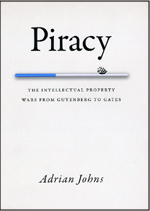 Although it's already February, readers have one day more to download the University of Chicago Press's free e-book for January: Piracy: The Intellectual Property Wars from Gutenberg to Gates by Chicago history professor Adrian Johns. Johns, author of the award-winning The Nature of the Book: Print and Knowledge in the Making (U of C Press, 1998), here provides an "important reminder that today’s intellectual property crises are not unprecedented," writes Publishers Weekly, "and offers a survey of potential approaches to a solution.”
Although it's already February, readers have one day more to download the University of Chicago Press's free e-book for January: Piracy: The Intellectual Property Wars from Gutenberg to Gates by Chicago history professor Adrian Johns. Johns, author of the award-winning The Nature of the Book: Print and Knowledge in the Making (U of C Press, 1998), here provides an "important reminder that today’s intellectual property crises are not unprecedented," writes Publishers Weekly, "and offers a survey of potential approaches to a solution.”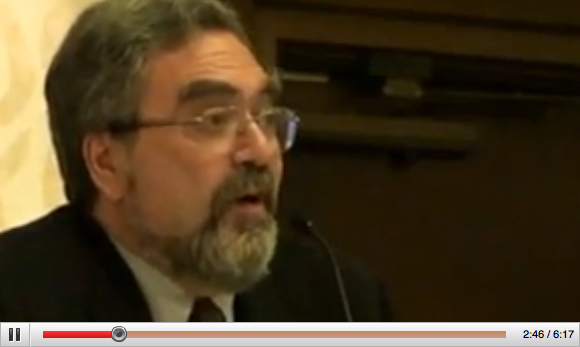
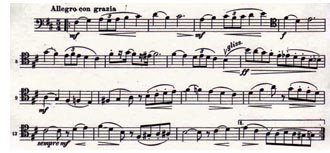 I arrived at Mandel Hall a few minutes early, and I was already worried. It was just the right temperature, just the right distance from the bright stage lights, and, in the opening moments of the symphony, just the right amount of bassoon solo to nearly lull me off to neverland.
I arrived at Mandel Hall a few minutes early, and I was already worried. It was just the right temperature, just the right distance from the bright stage lights, and, in the opening moments of the symphony, just the right amount of bassoon solo to nearly lull me off to neverland.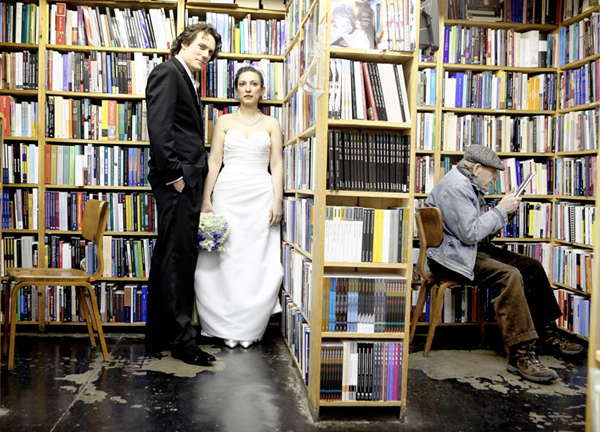
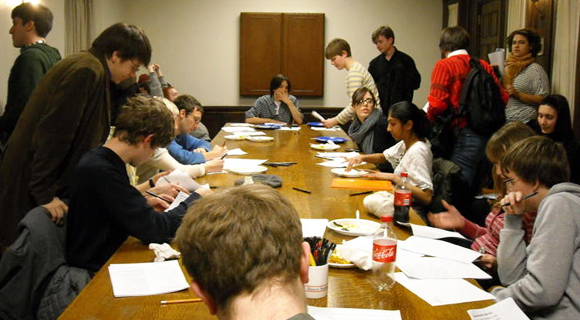
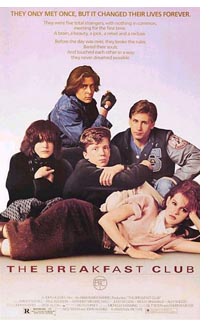 One of the few rules is that a film cannot have been shown as part of a regular series in the past four years. Although there have been some radical proposals over the years, Choi is reticent to criticize them. "I would hesitate to call any series...outlandish or crazy, because at Doc we encourage such ideas and take them seriously. The outlandish, for us, is closer to a virtue than a guilty pleasure. Even mainstream films like Avatar are pretty outlandish, after all."
One of the few rules is that a film cannot have been shown as part of a regular series in the past four years. Although there have been some radical proposals over the years, Choi is reticent to criticize them. "I would hesitate to call any series...outlandish or crazy, because at Doc we encourage such ideas and take them seriously. The outlandish, for us, is closer to a virtue than a guilty pleasure. Even mainstream films like Avatar are pretty outlandish, after all."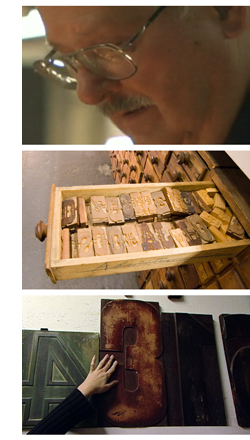 In the documentary Typeface, filmmaker Justine Nagan, AM'04, offers an ode to a definitively analog technology: the wood-type letterpress. The film, which made its Chicago premiere on January 29, centers on the
In the documentary Typeface, filmmaker Justine Nagan, AM'04, offers an ode to a definitively analog technology: the wood-type letterpress. The film, which made its Chicago premiere on January 29, centers on the 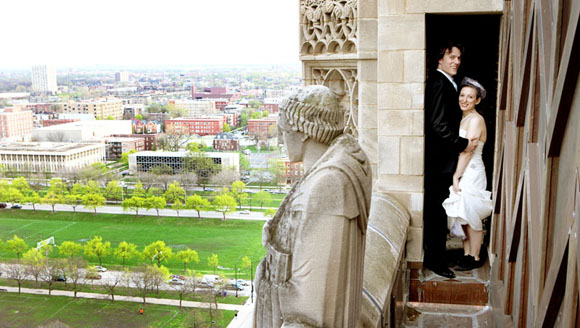
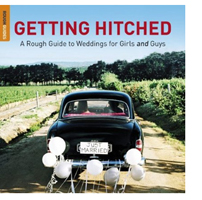 3. Get hitched
3. Get hitched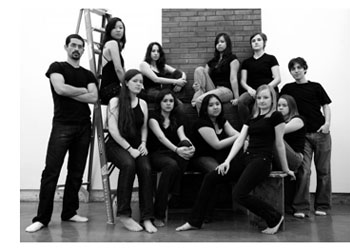 A study in contrast, the two routines reflect RBIM’s commitment to practicing and performing different dance techniques. Founded in 2003, the group also promotes what they call “diversity in dance skill.” Any undergraduate or graduate student who wants to bust a move can do so; evaluative auditions are held in the fall, but no cuts are made. The company has a whopping 208 members, all of whom will perform in RBIM’s annual on-campus spring show in May. “We had 94 company members in last year’s show,” says third-year Nadja Otikor. “The audience must have enjoyed it, because this fall we had double the number of people auditioning.”
A study in contrast, the two routines reflect RBIM’s commitment to practicing and performing different dance techniques. Founded in 2003, the group also promotes what they call “diversity in dance skill.” Any undergraduate or graduate student who wants to bust a move can do so; evaluative auditions are held in the fall, but no cuts are made. The company has a whopping 208 members, all of whom will perform in RBIM’s annual on-campus spring show in May. “We had 94 company members in last year’s show,” says third-year Nadja Otikor. “The audience must have enjoyed it, because this fall we had double the number of people auditioning.”
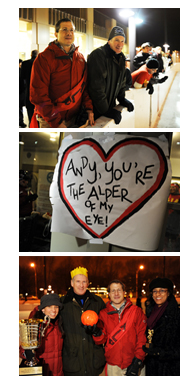 Similar to ice hockey but with balls and brooms replacing pucks and sticks, broomball is played without ice skates. Deputy Dean of Students for Housing and Dining Services and Assistant Dean of the College Cheryl Gutman, one of the most vigorous spectators, noted that it is also played with no protective gear besides helmets. “Protect the brain at all costs,” she remarked. “You can break a leg, but don’t hurt your head. It’s very U of C.”
Similar to ice hockey but with balls and brooms replacing pucks and sticks, broomball is played without ice skates. Deputy Dean of Students for Housing and Dining Services and Assistant Dean of the College Cheryl Gutman, one of the most vigorous spectators, noted that it is also played with no protective gear besides helmets. “Protect the brain at all costs,” she remarked. “You can break a leg, but don’t hurt your head. It’s very U of C.”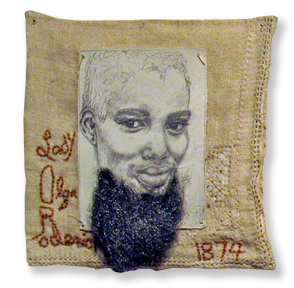 Artist
Artist  Has any particular story stuck with you?
Has any particular story stuck with you? Lady Olga Roderick was the bearded woman who performed in Tod Browning’s 1932 classic horror movie Freaks. This movie—which I first saw when I was an undergraduate at the U of C in the ‘60s—made a lasting impression on me. In researching contemporary narratives for my project, I discovered that even though the film portrays the “normal” characters as monstrous and is sympathetic to the plight of “freaks,” Lady Olga felt exploited and hated her role in the film. Her words, “If the truth was known, we’re all freaks together,” are a concise reminder that underneath it all, we are fundamentally very much the same.
Lady Olga Roderick was the bearded woman who performed in Tod Browning’s 1932 classic horror movie Freaks. This movie—which I first saw when I was an undergraduate at the U of C in the ‘60s—made a lasting impression on me. In researching contemporary narratives for my project, I discovered that even though the film portrays the “normal” characters as monstrous and is sympathetic to the plight of “freaks,” Lady Olga felt exploited and hated her role in the film. Her words, “If the truth was known, we’re all freaks together,” are a concise reminder that underneath it all, we are fundamentally very much the same.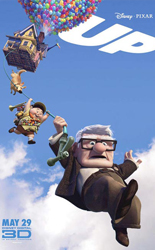 Five most
Five most 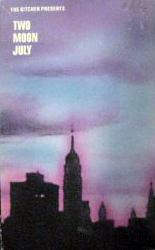 Five worst
Five worst 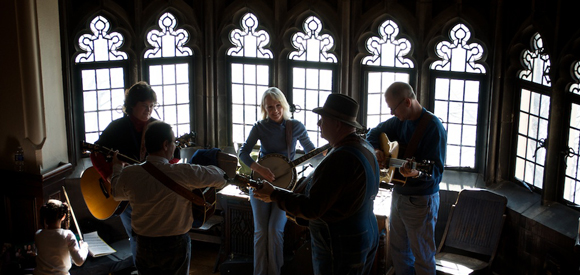
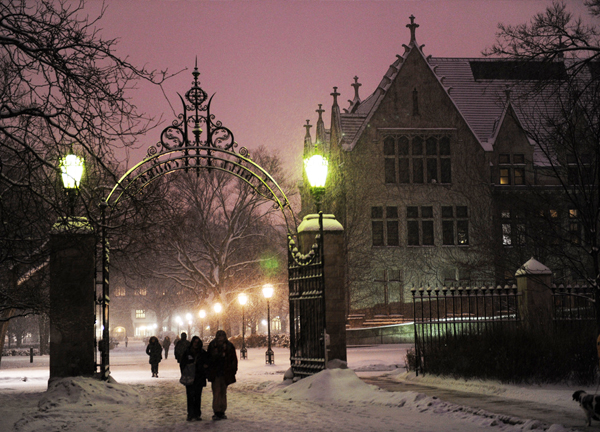
 The plot twists that shaped the narrative of Mark Freeman’s life were not instantly recognizable as important moments. Consider the car ride home from college with his father that still resonates 35 years later. Their four-hour conversation only took on such significance two months after it happened, when Freeman's father died of a heart attack.
The plot twists that shaped the narrative of Mark Freeman’s life were not instantly recognizable as important moments. Consider the car ride home from college with his father that still resonates 35 years later. Their four-hour conversation only took on such significance two months after it happened, when Freeman's father died of a heart attack.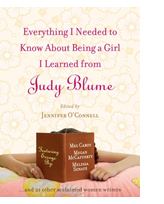 It's not easy being a teenage girl. Between crushes, popularity contests, and training bras, junior high and high school can be a minefield of blush-inducing embarrassments. To make sense of the chaos—and hopefully to mitigate some of the disaster—it helps to have a good guide. For myself and thousands of other girls who came of age during the '80s and '90s, that guide was Judy Blume.
It's not easy being a teenage girl. Between crushes, popularity contests, and training bras, junior high and high school can be a minefield of blush-inducing embarrassments. To make sense of the chaos—and hopefully to mitigate some of the disaster—it helps to have a good guide. For myself and thousands of other girls who came of age during the '80s and '90s, that guide was Judy Blume.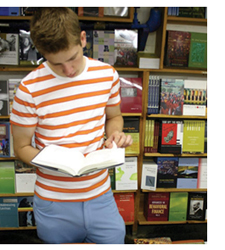 There’s no Starbucks brewing, no plush toys for sale, no Brazilian jazz to provide a smooth soundtrack to browsing. Proudly intellectual, hidden in a basement, and member-owned since 1961, the
There’s no Starbucks brewing, no plush toys for sale, no Brazilian jazz to provide a smooth soundtrack to browsing. Proudly intellectual, hidden in a basement, and member-owned since 1961, the 
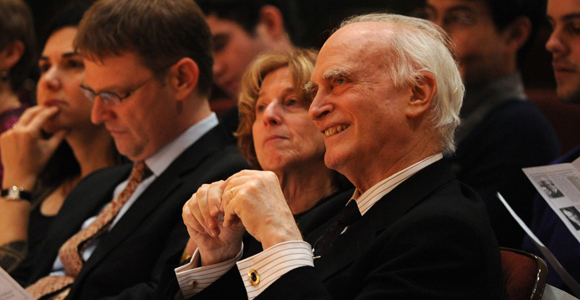
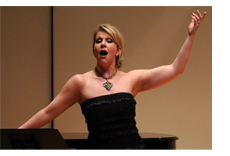 "If there were such a thing as a Nobel Prize for musicology—and there should be,” said Chicago Opera Theater’s general director Brian Dickie as he introduced Gossett, “he would add to the luster of Nobel laureates.” Known for his critical editions of Rossini and Verdi opera, Gossett has worked with some of the world’s most prestigious opera houses, including New York’s Metropolitan. In 1998 the Italian government awarded him its highest civilian honor, the Cavaliere di Gran Croce.
"If there were such a thing as a Nobel Prize for musicology—and there should be,” said Chicago Opera Theater’s general director Brian Dickie as he introduced Gossett, “he would add to the luster of Nobel laureates.” Known for his critical editions of Rossini and Verdi opera, Gossett has worked with some of the world’s most prestigious opera houses, including New York’s Metropolitan. In 1998 the Italian government awarded him its highest civilian honor, the Cavaliere di Gran Croce.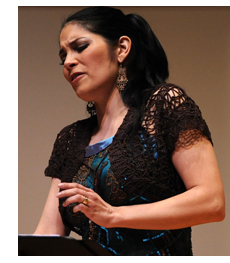 I looked around at the rest of the audience. Few were reading; I suspect many already knew the lyrics. Rather than be intimidated, I put down my sheet, closed my eyes, and let the lament of the girl "born to pain and tears" wash over me. DiDonato’s rendition of Beethoven’s "Four ariettas, Op. 82," which followed, was just as powerful. The pain in her face, the forlornness in her eyes, the melancholy in her voice revealed everything: she's a woman in love. Perhaps not a good love or the right love, but love nonetheless.
I looked around at the rest of the audience. Few were reading; I suspect many already knew the lyrics. Rather than be intimidated, I put down my sheet, closed my eyes, and let the lament of the girl "born to pain and tears" wash over me. DiDonato’s rendition of Beethoven’s "Four ariettas, Op. 82," which followed, was just as powerful. The pain in her face, the forlornness in her eyes, the melancholy in her voice revealed everything: she's a woman in love. Perhaps not a good love or the right love, but love nonetheless.